Relational and
Intersubjective
Perspectives in
Psychoanalysis
A Critique
Edited by Jon Mills

Published in the United States of America
by Jason Aronson
An imprint of Rowman & Littlefield Publishers, Inc.
A wholly owned subsidiary of
The Rowman & Littlefield Publishing Group, Inc.
4501 Forbes Boulevard, Suite 200, Lanham, Maryland 20706
www.rowmanlittlefield.com
PO Box 317
Oxford
OX2 9RU, UK
Copyright 2005 by Rowman & Littlefield Publishers, Inc.
All rights reserved. No part of this publication may be reproduced, stored in a retrieval system, or transmitted in any form or by any means, electronic, mechanical, photocopying, recording, or otherwise, without the prior permission of the publisher.
British Library Cataloguing in Publication Information Available
Library of Congress Cataloging-in-Publication Data
Relational and intersubjective perspectives in psychoanalysis : a critique / edited by Jon Mills.
p. cm.
Includes bibliographical references and index.
ISBN: 978-0-7657-0108-4
1. Psychoanalysis. 2. Object relations (Psychoanalysis) 3. Intersubjectivity. I. Mills, Jon, 1964- II. Title.
RC509.R45 2005
616.89'17dc22
2004023742
Printed in the United States of America
 The paper used in this publication meets the minimum requirements of American National Standard for Information SciencesPermanence of Paper for Printed Library Materials, ANSI/NISO Z39.48-1992.
The paper used in this publication meets the minimum requirements of American National Standard for Information SciencesPermanence of Paper for Printed Library Materials, ANSI/NISO Z39.48-1992.
Contents
Jon Mills
Roger Frie and Bruce Reis
M. Guy Thompson
Jon Frederickson
Peter L. Giovacchini
Philip Giovacchini
Frank Summers
Timothy J. Zeddies
David L. Downing
Marilyn Nissim-Sabat
Robert Langs
Gershon J. Molad and Judith E. Vida
Jon Mills
Robert S. Wallerstein
Introduction
Relational and Intersubjective Trends in Psychoanalysis
Jon Mills
Psychoanalysis today is largely a psychology of consciousness: post- and neo-Freudians form a marginalized community within North America in comparison to contemporary relational and intersubjective theorists who emphasize the phenomenology of lived conscious experience, affective attunement, social construction, and interpersonal recognition over the role of insight and interpretation. Despite the rich historical terrain of theoretical variation and advance, contemporary approaches have displaced the primacy of the unconscious. A brief perusal through many leading psychoanalytic periodicals would yield very few direct references to the unconscious, unlike preceding generations where unconscious processes were the locus of explanation and critique. Perhaps this is in part due to the changing role of psychoanalysis in a consumer society where individuals neither have the time nor the resources to afford delving into the inner recesses of mind with no guarantee of equitable return. And even if they did, the masses would not be interested in disrupting their equilibrium for the exchange of self-knowledge. Psychoanalysis is aware of this and for this reason must adopt certain pragmatic positions to ensure its survival. Unlike the postwar boom of previous generations during which many neurotics underwent a five day analytic treatment each week, the actual number of committed analysands today could hardly sustain a clinicians practice. As a result, the practice of psychoapalysis has been forced to go underground: it is exclusively for the rich and the elite.
In its theoretical and applied form, however, psychoanalysis relegates itself to conceptual speculations about human nature and issues of most concern to a public suffering from tangible distress. On the clinical side of things, psychoanalysis, for practical reasons, has joined the ranks of the competing psychotherapies which are generally less focused on an exposition of unconscious processes in favor of attenuating adverse conditions impacting on conscious experience. With its current focus on consciousness, psychoanalysis is straying from its original contribution to the behavioral sciences. This is particularly salient when examining the theoretical topography of relational and intersubjective perspectives that are currently in vogue. It is unfortunate that classical approaches are often portrayed as antithetical to these contemporary schools of thought, when in actuality they are complementary models that enrich our understanding of psychic reality and clinical practice.
Notwithstanding the theoretical hair-splitting that historically occurs across the psychoanalytic domain, we are beginning to see with increasing force and clarity what Mitchell and Aron (1999) refer to as the emergence of a new traditionnamely, relational psychoanalysis. Having its edifice in early object relations theory, the Middle British and American interpersonal schools, and self psychology (Greenberg & Mitchell, 1983), relationality is billed as a distinctly new tradition (Mitchell & Aron, 1999, p. x). What is being labeled as the American Middle Group of psychoanalysis (Spezzano, 1997), relational and intersubjective theory has taken center stage. Indeed, psychoanalysis in the United States has become so dominated and politicized by the proponents of relational thought, especially by contemporary psychoanalytic psychology, that one would be hard-pressed to pass a blind editorial review to present a paper at a professional conference or get published in a leading journal without at least minimally engaging this new movement.
This volume was originally proposed to be a balanced examination of relational and intersubjective perspectives in psychoanalysis neither intended to deify its subject matter ex cathedra nor to emphasize destructive polemics. Rather, I had in mind the inclination to assemble a first-rate group of scholars and clinicians who would seek to critically examine the advances and departures of relational frameworks from other competing psychoanalytic paradigms. My hope was to produce an eclectic, symmetrical volume equally addressing purported advantages as well as limitations, problems, and/or conundrums this movement has generated. So much for wishful intentions. For various reasons, such as other overriding commitments, many of the identified scholars in relational and intersubjective psychoanalysis declined to participate. While this does not at all depreciate the value of the scholars that comprise this volumemost of whom are internationally celebrated in their own right, it did nevertheless change the focus of this volume considerably. Therefore, this present contribution has turned into more of a critical reader of relational and intersubjective perspectives in psychoanalytic thought and practice. I mention this shift in the inception of the project for the simple fact that it gives the reader the context for the structure of this work. It may be argued that relational and intersubjective perspectives have failed to be properly critiqued from within their own school of discourse, so it now becomes the intention of this book to remedy such lacunae. With the ever-increasing interest in interdisciplinary and philosophic analysis, many of the contributors assembled here subject advocates of the American Middle School to a through critique of its philosophical assumptions, limitations, and practices they claim to purport. If not for any other reason, this project is of timely significance for the field of psychoanalysis and the competing psychotherapies because it attempts to address the philosophical undergirding of the relational movement.


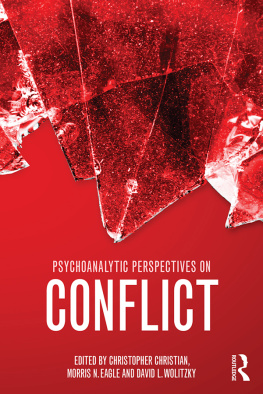
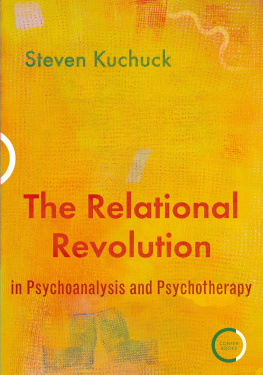
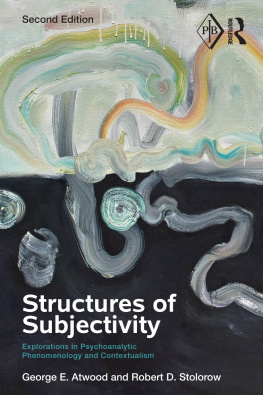
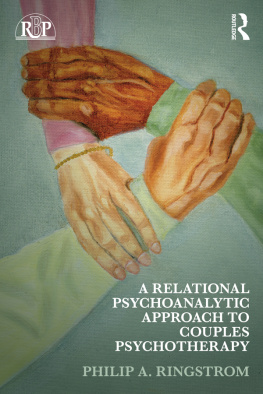
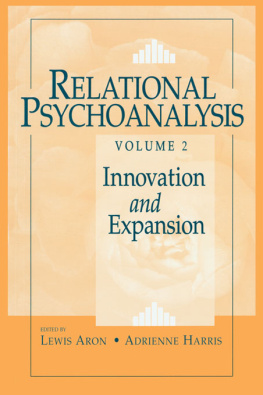
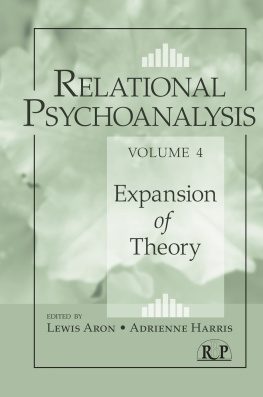
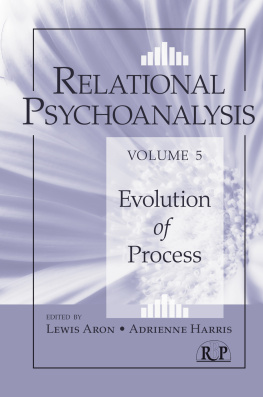

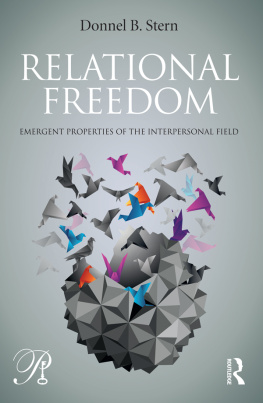
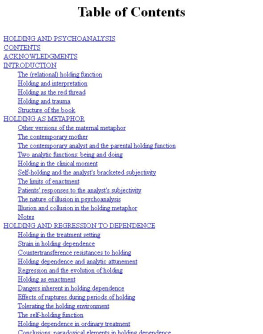
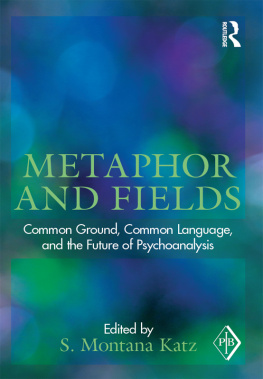

 The paper used in this publication meets the minimum requirements of American National Standard for Information SciencesPermanence of Paper for Printed Library Materials, ANSI/NISO Z39.48-1992.
The paper used in this publication meets the minimum requirements of American National Standard for Information SciencesPermanence of Paper for Printed Library Materials, ANSI/NISO Z39.48-1992.